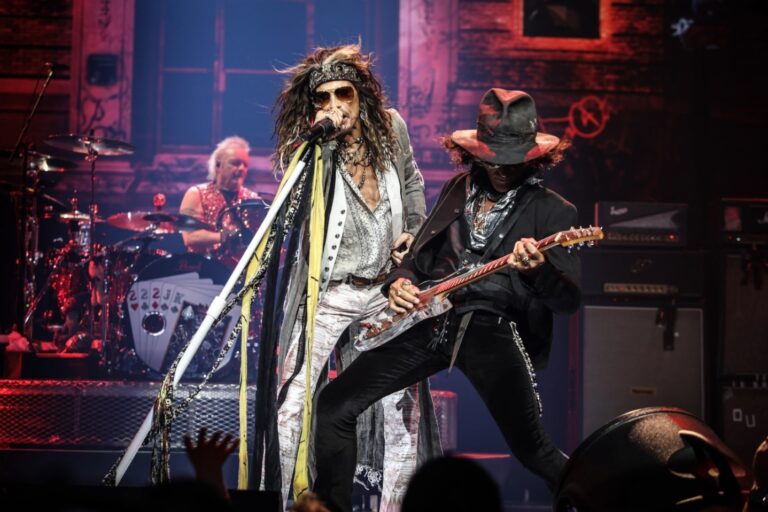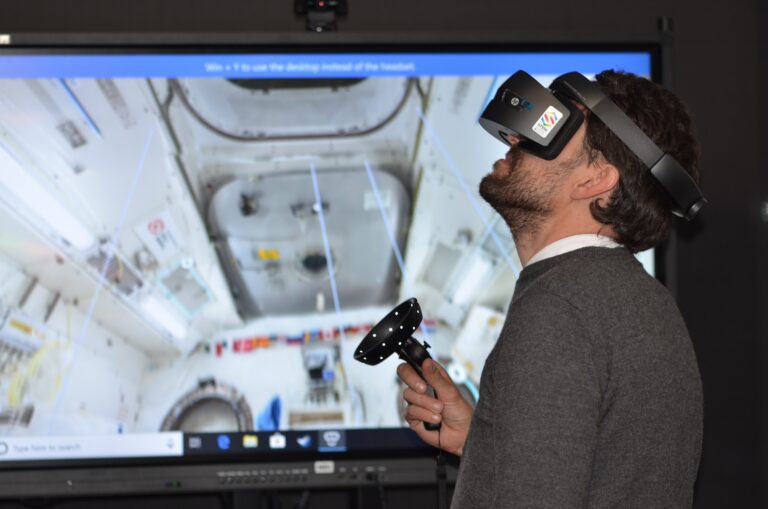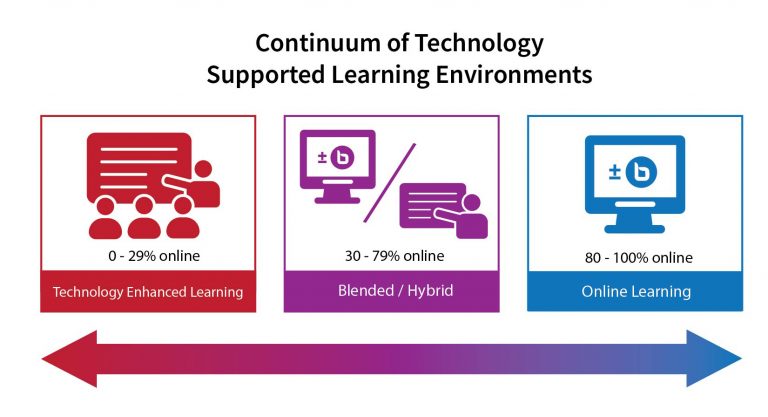What is Digital Literacy in Education?
Do you ever feel like your students have a better handle on technology than you? Have you ever stood in front of your class and had to use the ominous phrase, I’m having some technical difficulties?
Whether you identify with the above scenario completely or perhaps feel confident in your ability to navigate various technologies within your classroom, the concept of digital literacy remains a major topic of interest in higher education.
Digital literacy is not just about knowing how to use technology, it requires a certain set of skills to be able to navigate, apply and achieve goals with the use of digital tools. The Digital Literacy Framework of British Columbia<https://www2.gov.bc.ca/assets/gov/education/kindergarten-to-grade-12/teach/teaching-tools/digital-literacy-framework.pdf> for grades K-12, defines digital literacy as “the interest, attitude and ability of individuals to use digital technology and communication tools appropriately to access, manage, integrate, analyze and evaluate information, construct new knowledge, and create and communicate with others” (p. 1).
One of the biggest challenges we face as educators in higher education is just keeping up with the pace of technology! I find myself overwhelmed at times with all the information available on the internet and how to best use educational technology tools to create meaningful learning experiences for my students.
An approach that I have taken to improve my digital literacy within the classroom is to try one new digital tool every semester. For example, this semester I have started to integrate a helpful tool where I can create, edit and publish educational media resources such as videos, audio clips and narrated presentations. It’s called Kaltura Media Space<http://www.kpu.ca/teaching-and-learning/technology/kaltura>, and it is integrated with our current learning management system (LMS), Moodle. The integration piece is very important for me because once I create the recording, I can access and upload it to my Moodle course in just a few clicks!
In class, we were having a discussion on medication calculations and it was evident there were a lot of questions surrounding the formulas we were using. I didn’t feel confident the students had fully grasped the concept, so I used the Kaltura Capture Space Desktop Recorder<https://kwiki.kpu.ca/kwiki/index.php/Category:CaptureSpace> (this link will take you right to instructions on how to download the recorder!) to capture both my screen and voice as I reviewed the formula with a different scenario. Students were able to watch me write as they listened to my explanation and could review it prior to coming into class the next day. As mentioned earlier, Kaltura Capture Space is flexible with how you want to record (don’t need to be on camera – which I love!) and I found the home screen is simple to navigate. I look forward to sharing more about my experience with this technology in future posts! Also, please drop me a line if you are either interested or already integrating Kaltura Media Space in your teaching so we can support and learn new ways to meaningfully integrate it in the classroom!
As I finish off today’s post, I want you to take a moment to consider your current knowledge of digital literacy. If reading BC’s Digital Literacy definition above is the first time you have really interacted with this idea, I encourage you to consider joining me in this journey of technological pedagogical development. If you are someone who has a clear idea of this topic, please consider how you could share this knowledge with your colleagues and students.
The multidimensional concept of digital literacy is relatively new in the world—the internet, only became widely available in 1991, after all! Let’s be patient with ourselves as we learn and decide what digital literacy truly means within the context of higher education. I hope I can be a part of your technology and teaching journey and look forward to sharing more of my personal discoveries in the coming weeks!
Katie
(Note: You can access some of the resources via the hyperlinks above by holding the CTRL key on your keyboard and right clicking on your mouse! If that doesn’t work, please see the resources with the links below!)
Resources
BC’s Digital Literacy Framework (n.d.) [PDF file] Retrieved from https://www2.gov.bc.ca/assets/gov/education/kindergarten-to-grade-12/teach/teaching-tools/digital-literacy-framework.pdf
More information on Kaltura Media Space:
http://www.kpu.ca/teaching-and-learning/technology/kaltura
Download Instructions for Kaltura Capture Space Desktop Recorder:
https://kwiki.kpu.ca/kwiki/index.php/Category:CaptureSpace



